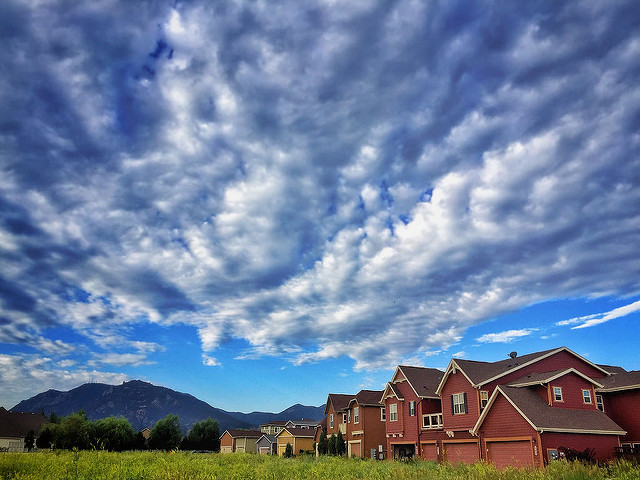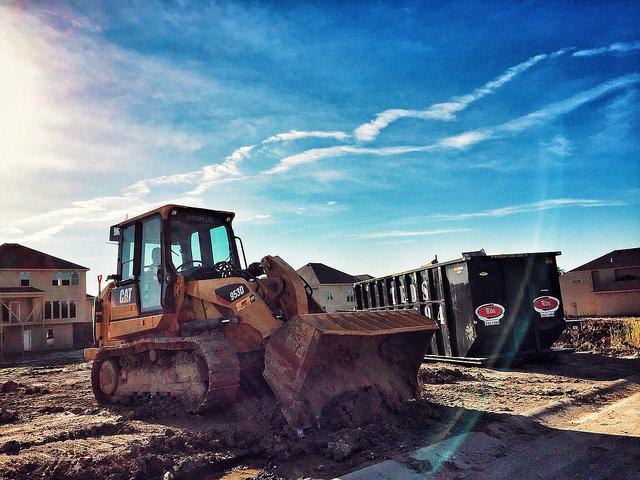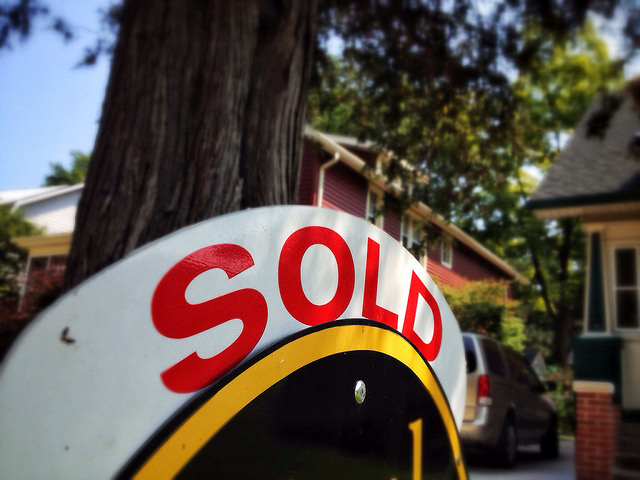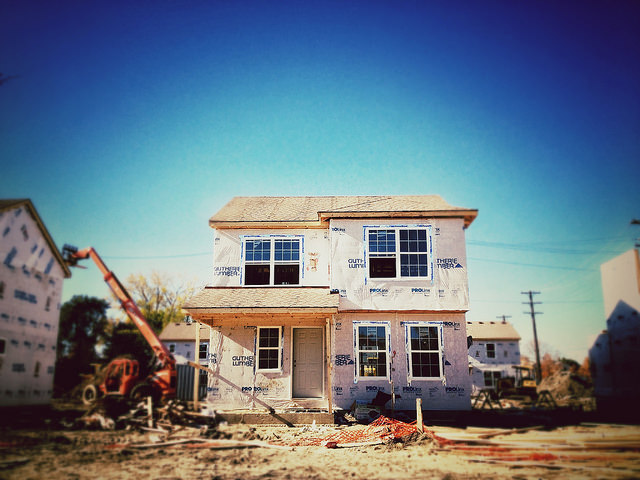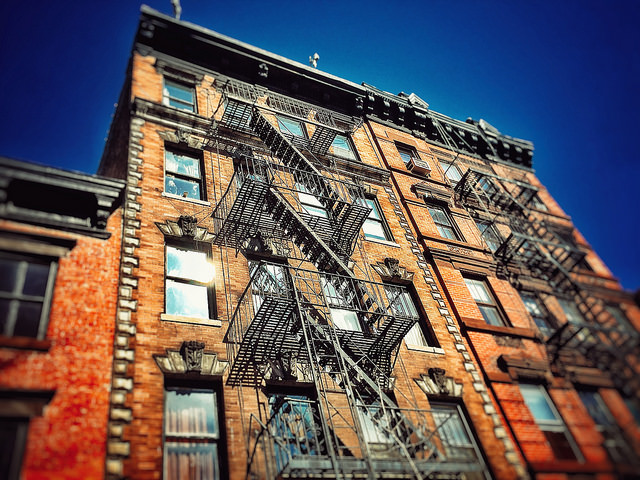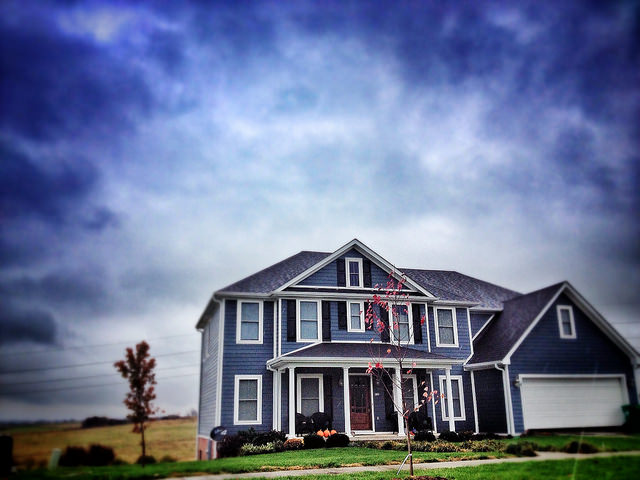Though there is some uncertainty about how changing economic policies might affect the economy and housing market in the months to come, Fannie Mae’s most recent Economic and Housing Outlook from their Economic & Strategic Research Group sees continued improvement ahead. In short, improved consumer spending, a healthy labor market, and rising wages should continue to support economic growth. But what does this mean for the housing market and real estate this year? Well, according to Doug Duncan, Fannie Mae’s chief economist, the housing market should remain strong and build on last year’s performance. “We expect housing to remain resilient and continue its recovery in 2017, with affordability standing out as the industry’s greatest obstacle, particularly for first-time homeowners,†Duncan said. “Demographic factors, however, are positive. Our research shows that older Millennials have begun to buy homes and close the homeownership attainment gap with their predecessors.†An increasing number of younger buyers is good news for the market, as is the expected bump in new home construction. If the supply of homes for sale can keep up with buyer demand, a better balanced market may help alleviate affordability concerns and lead to favorable housing conditions in 2017. More here.



